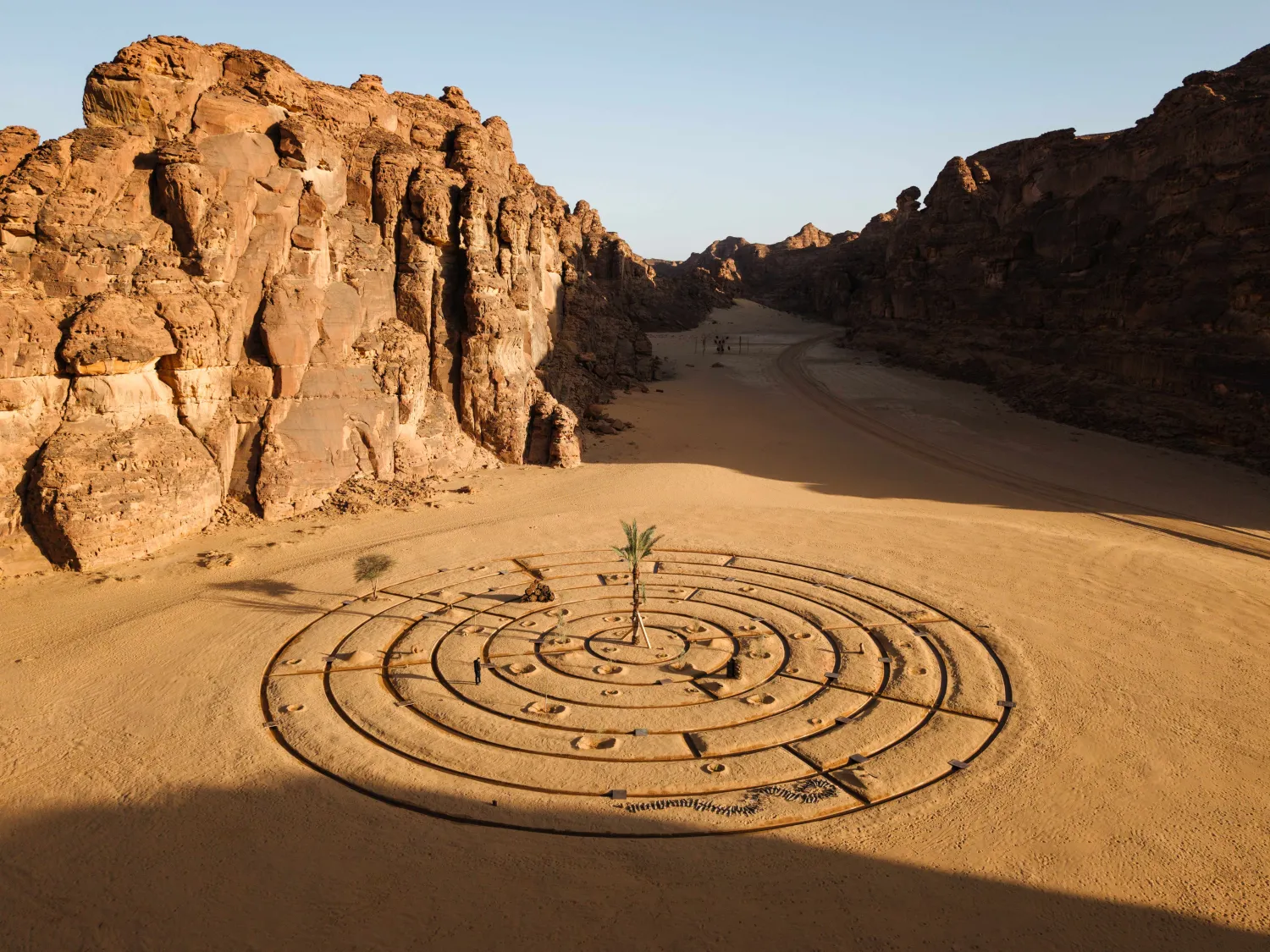CEO of the Quality of Life Program Center Khalid bin Abdullah Al-Baker commended on Tuesday the Cultural Houses established by the Libraries Commission in Dammam city and the Ahad Rafidah province, describing them as integrated cultural hubs.
Al-Baker said these Cultural Houses represent interactive cultural platforms that will provide a comprehensive cultural experience to various segments of society, in line with the goals of Saudi Vision 2030.
The inauguration of the Cultural Houses is part of an initiative to develop public libraries, one of the Quality of Life Program's initiatives aimed at boosting Saudi Arabia's contribution to arts and culture, he stated.
Al-Baker emphasized that the opening of the Cultural Houses marks a significant milestone in the Saudi cultural scene.
It signifies the birth of a modern and integrated cultural incubator that will contribute to the advancement of society and enable creators to discover their talents and develop their diverse skills, he went on to say.
He highlighted the objective of Vision 2030 to transform public libraries into vibrant cultural centers that reflect the diversity of creativity, art, and knowledge in the Kingdom.
"The Quality of Life Program, in collaboration with the Ministry of Culture and relevant entities, seeks to develop the cultural infrastructure," Al-Baker stated.
He also underlined the program's efforts to boost cultural sites and improve libraries as part of its initiatives to develop cultural facilities.









